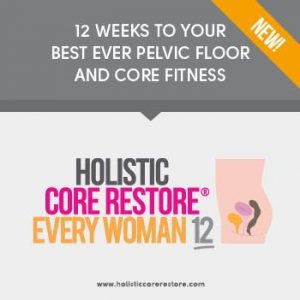The silent epidemic.
I don’t normally watch terestial TV, but whilst away I flicked it on to be greeted by an advert about incontinence pants. There wasn’t much of this advert I agreed with, it was normalising incontinence, specifically after having a baby.
Incontinence affects 1 in 3 women at some time. Childbirth, menopause, impact sports and getting older all affect our pelvic floor but that doesn’t mean we have to put up with it or pretend incontinence pads are glamorous. Let’s face it, it should not be normal to wee in your pants unless you are unwell or in a nursing home! Yet so often on social media it is made to seem normal.
At points in life your pelvic floor will be weaker. Hormones play a large role as does the affect of carrying a baby and pushing it out. If you had an assisted delivery using forceps that will also cause further damage. As you get older muscle mass can decline so it becomes even more important to keep those muscles working properly. We can of course adapt by drinking less, going for a wee before you leave a safe environment (the “just in case” wee), avoiding certain moves like star jumps and wearing pants/a pad. However that is pretty restrictive and isn’t living as full a life as you could.

Urinary Stress Incontinence = poor function of the pelvic floor muscles. These are the muscles that need to relax for us to toilet, so they also need to contract to stop leaks. They can be too weak, too tight, poorly co-ordinated and working more one side than the other. So it isn’t as simple as a squeeze and release.
Now think about it, if other muscles are not doing their job what do we do? You may see a physiotherapist, take time to work on working the muscles correctly, resting them when needed, having some sports massage and work with the muscles around the injured area. It is no different with the pelvic floor! We need to focus on a whole pile of muscles around that area, plus the contraction and relaxation. You may need to downtrain the pelvic floor and you may need to change some of your day to day habits to help.
Ladies, let’s not think incontinence is normal. If you need help then seen a womans health physiotherapist and find your local Holistic Core Restore ® Coach (I’m the one for Southampton) for 1-1 work or the EVERYWOMAN course.





 Whilst you may not be able to change all of your daily activities that are leading to push your balances. But you can do is be aware of this and use some daily exercises to help release the tension and reverse the impact on your body.
Whilst you may not be able to change all of your daily activities that are leading to push your balances. But you can do is be aware of this and use some daily exercises to help release the tension and reverse the impact on your body.



